Farman Bleriot Sydney Harbour Float Plane Maurice Guillaux
Production Time 9 to 10 weeks
Shipment is by FedEx, UPS or DHL International Express Courier with a normal door-to-door delivery time worldwide of within 2-3 business days after dispatch. Due to the current volatility of world fuel prices, the amount mentioned here is our best estimate for DHL and UPS and may be subject to change at the time of shipping.

Product statistics
Length: 12.5 Inches (31.8 Centimeters)Wingspan: 17 Inches (43.2 Centimeters)
Height: 3.8 Inches (9.7 Centimeters)
Scale: 1:36
$249.50
Manufacturer: Farman Aviation Works
Production Time 9 to 10 weeks
-
United States dollar ($)
-
Pound sterling (£)
-
Euro (€)
-
Australian dollar ($)
-
Canadian dollar ($)
-
Singapore dollar ($)
-
Swiss franc (CHF)
-
Japanese yen (¥)
-
Danish krone (kr.)
-
Hong Kong dollar ($)
-
Norwegian krone (kr)
-
Swedish krona (kr)
General Product Description
Our ReplicaHangar Farman Bleriot Sydney Harbour Float Plane Maurice Guillaux exhibits unique, unrivaled quality and detailed design to come as close as possible to the accuracy of the actual plane. It comes as standard with a robust, durable base or stand which is available in a variety of different finishes designed to match your own personal requirements including solid wood, wood with polished metal supports or adjustable wood wall mount and will be ready within about 9-10 weeks from placement of order.
The Farman Bleriot Sydney Harbour Float Plane Maurice Guillaux is made of the finest kiln dried renewable mahogany wood (commonly known as Lauan or Meranti) which has undergone many stages of carving and meticulous and careful sanding giving the beautiful finished museum quality masterpiece. Many collectors and model connoisseurs demonstrate their preference for genuine handmade and hand painted mahogany wood models rather than plastic or die cast (diecast) alternatives due to the overall look and totally different feel of the item - we trust you will find the same. We can, however, if required produce the same model in Solid Cast Resin so just click and contact us us for further information. Our craftsmen and gifted artisans ensure that our finely handcrafted model airplanes match the precise blueprint details of the original aircraft. The paint scheme, markings and parts are closely matched, reflecting the original aircraft. This stylish top-quality desktop replica model will surely enthrall anyone who receives this as a gift and for sure one of the most appropriate and desirably collectable gifts for any aviation enthusiast and avid aircraft collector whilst also displaying a perfect resemblance to the actual aircraft.
If you require we can also make the Farman Bleriot Sydney Harbour Float Plane Maurice Guillaux in any other airline, private livery or colour scheme you require and if necessary in a different size or scale. Just click here to contact us with a description or photographs of what you require, and we will let you have a quotation for the necessary customization by return email. We can also make bespoke scale replicas of any other private / civil commercial airliner or airliners, helicopter, glider, gliders with engines, military jet, warplane jets, propeller warplanes, biplane, triplane, tail fin, spacecraft, rocket or NASA model you require in any airline, military or civilian livery or colors. We also produce model airships, blimp, dirigible, blimps, boat and ship collectibles. Wall plaque or seal for military, government or private customers. Again, by clicking here to contact us just let us know exactly what you need.
Lebbeus Hordern rsquo;s Farmanldquo;hydro-aeroplane rdquo; floating on Sydney Harbour in May 1914
Gift of S. Dyson, 1982. P3283-1. Collection: Powerhouse Museum
Not content with dazzling crowds in Sydney and Newcastle with his aerial acrobatics, on May 8, 1914, French stunt pilot Maurice Guillaux also made the first seaplane flight in Australia, test flying a Farmanldquo;hydro-aeroplane rdquo; imported into the country by Lebbeus Hordern (1891-1928), a member of the wealthy and influential Sydney merchant family.
The Maurice Farmanldquo;hydro-aeroplane rdquo; ( ldquo;hydravion rdquo; in French) was a seaplane developed by the French Farman Aviation Works, formed in 1912 by the union of the separate aircraft building concerns of brothers Henry (Henri) and Maurice Farman. The first Farman seaplanes were variants of the Farman MF.7 military reconnaissance aircraft, which entered service in several countries in 1913. Two touring versions, the MF.8 and MF.9 were produced for civilian use and Hordern seems to have purchased a MF.9 type. 10.6 metres long and with a wingspan of 17 metres, the seaplane was powered by a 70 horse-power (51.5kW) 8-cylinder Renault engine and could reach a top speed of 60mph (96.5kph). It was capable of carryingldquo;two seventeen-stone (108 kg) passengers rdquo;. The Farman was aldquo;pusher rdquo; configuration, meaning that the propeller was mounted behind the engine, which was itself situated behind the pilot and passenger.
A Farman MF.7ldquo;Longhorn rdquo; reconnaissance aircraft, on which the first Farman hydro-aeroplanes were based. Source: Wikipedia
Following his spectacular flying show on May 2 (detailed in Part 2 of this series), Guillaux and his team spent the following week assembling Hordern rsquo;s seaplane, which had been imported into Australia, in four large crates, at a cost ofpound;1600. The aircraft was reconstructed in a shed on the beach at Double Bay,ldquo;just outside the Victor Motor Works rdquo; (a local company manufacturing marine and other small engines). Guillaux exercised an exacting personal supervision of the procedure, so that he was satisfied that everything had been correctly assembledldquo;right to a millimetre rdquo;.
The test flight of the completed seaplane took place on Friday, May 8, at around 4pm, in front of a crowd of some 200-300 people. The Farman was wheeled to the water rsquo;s edge, fuelled, and then Guillaux and an un-named mechanic climbed aboard. The mechanic, in the passenger seat behind the pilot, set the propeller whirring, which blew a cloud of sand into the construction shed and knocked small children among the spectators off their feet! Skimming across the waters of Double Bay, the seaplane roseldquo;like a great bird rdquo; into the air, and Guillaux and his passenger set off on a 15-minute flight across the harbour to Mosman, Manly and then back towards the city, before landing in the waters of Double Bay and covering the distance to the shoreldquo;with the speed of an express train rdquo;. During the flight the plane was saluted by a Manly ferry, sounding its siren as it passed overhead.
Guillaux with a passenger in Lebbeus Hordern rsquo;s Farman seaplane, May 1914. Photogrpah by Sam Hood. Collection of the State Library of New South Wales
Following this first flight of a seaplane in Australia, Guillaux was toasted at an informal gathering in the construction shed. He then made two more 15-minute flights that afternoon carrying, first, Lebbeus Hordern and then the French Consul, M. Chayet. Hordern, already anldquo;enthusiastic motorist rdquo;, returned from his flight brimming with excitement for his new toy, declaring thatldquo;Flying is the sport for me, after this rdquo;. Even before the first flight of the seaplane, Guillaux himself had made somewhat prescient statements about theldquo;utility of the hydro-aeroplane in defending the Australian coastline in time of war rdquo;.
After presenting his final public flying show in Sydney on May 9, before an estimated audience of 30,000, Guillaux made twelve flights with the seaplane on Monday, May 11, carrying various passengers. One of these thrillseekers was a 19-year old actress, Louise Carbasse, who would soon come to fame as Louise Lovely, Australia rsquo;s first major Hollywood film star of the silent era. Three days later, Guillaux achieved a speed of more than 100mph (160kph) while flying above the harbour, thanks to favourable tailwinds. Later in the month, Hodern and Guillaux announced plans to fly along the coast from Sydney to Melbourne and return in the seaplane, but this journey did not eventuate, although on June 12, Guillaux achieved what was believed to be a world record altitude for a seaplane, climbing to 10,000 feet (3048 metres) with Hordern on board as a passenger.
Actress Louise Carbasse ca. 1913, photographed by Rudolph Buchner. From the collection of the Mitchell Library, State Library of New South Wales
On May 21, Guillaux announced his intention of settling permanently in Australia and said that he had purchased three aircraft-a hydro-aeroplane, a passenger carrying monoplane and an improved biplane-with which he intended to achieve further aviation feats. These aircraft were said to be due to arrive in Australia in three months. However, the outbreak of the First World War, at the end of July 1914, put an end to these plans.
To celebrate the centenary of the first seaplane flight in Australia, the Seaplane Pilots Association of Australia is conducting a flypast of 14 seaplanes, which will make a circuit of Sydney Harbour between 8.30 and 9.30am on Sunday, May 11. Several of the aircraft will land in Rose Bay and a commemorative ceremony will take place between 9.30 and 10.30am. Later in the day, seaplanes will be on display at Rathmines Park, Lake Macquarie, the site of the former RAAF Rathmines seaplane base.
Look for the next post in this series in June, which will cover Guillaux rsquo; airshows around NSW and Victoria, prior to the first airmail flight. The Powerhouse Museum will be celebrating the centenary of the first Australian airmail with various events this year. Check our website and that of the Powerhouse Discovery Centre for further details. The Aviation Historical Society of Australia will be conducting a re-enactment of the first airmail flight in July and hosting other commemorative events. If you rsquo;d like to explore the newspaper reports of Guillaux rsquo; seaplane flights, which were drawn upon for the quotes used in this blogpost, you can find them by searching on the National Library of Australia rsquo;s Trove Newspapers site
Written by Kerrie Dougherty, Space Technology and Aviation Curator
– See more at: http://www.powerhousemuseum.com/insidethecollection/2014/05/the-story-of-australias-first-airmail-part-3/#more-11198
| Weight | 6 kg |
|---|---|
| Dimensions | 12.5 × 17 × 3.8 in |
Be the first to review “Farman Bleriot Sydney Harbour Float Plane Maurice Guillaux” Cancel reply
Related products
Private & Civilian
Private & Civilian
Private & Civilian
Private & Civilian
Private & Civilian
Private & Civilian
Private & Civilian
Private & Civilian

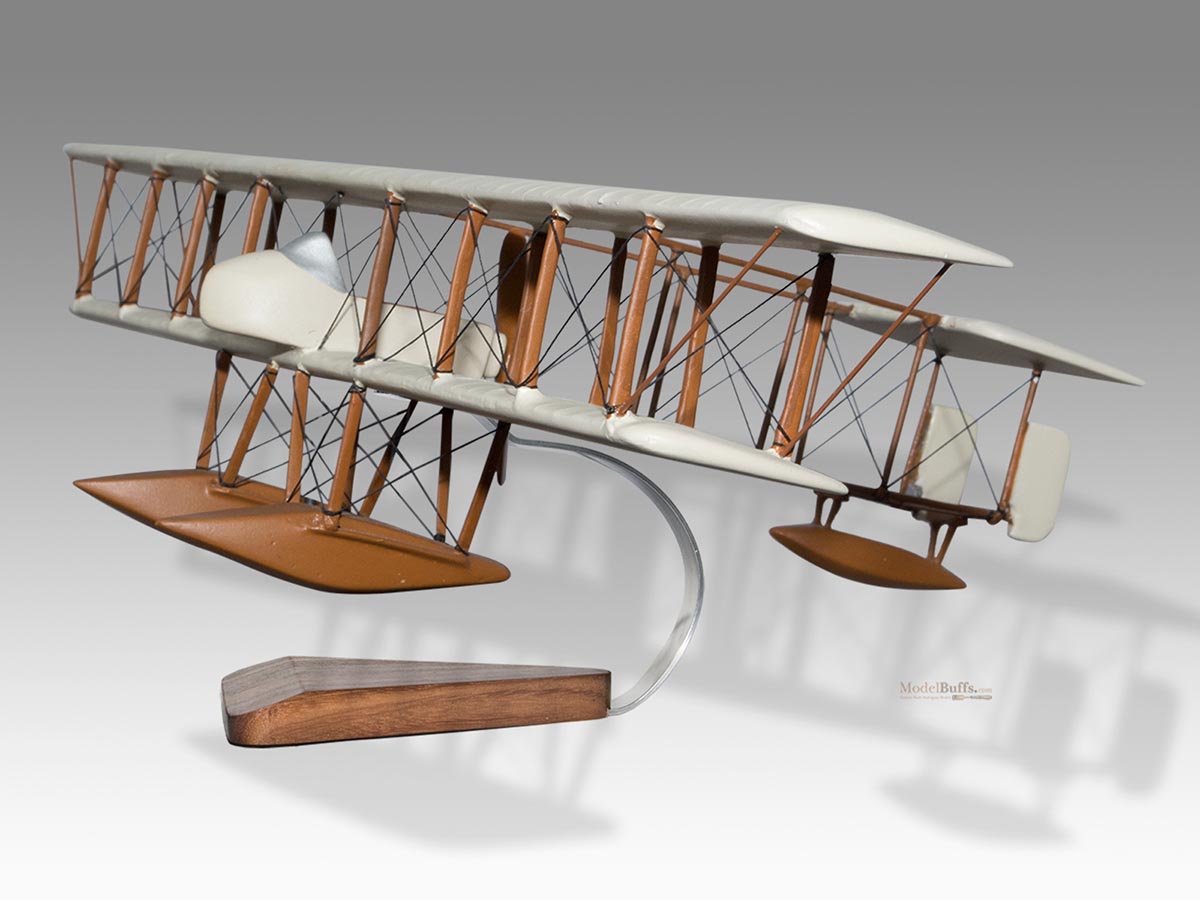
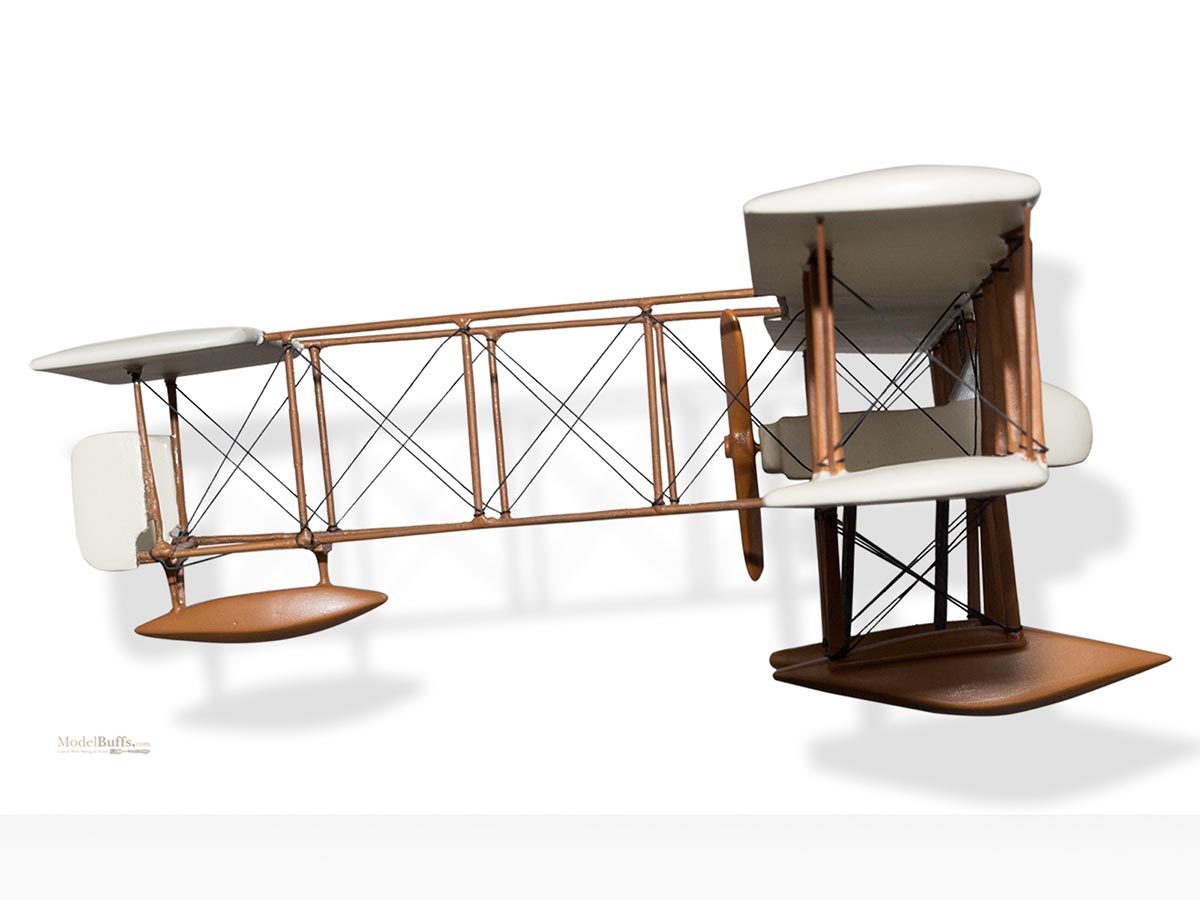

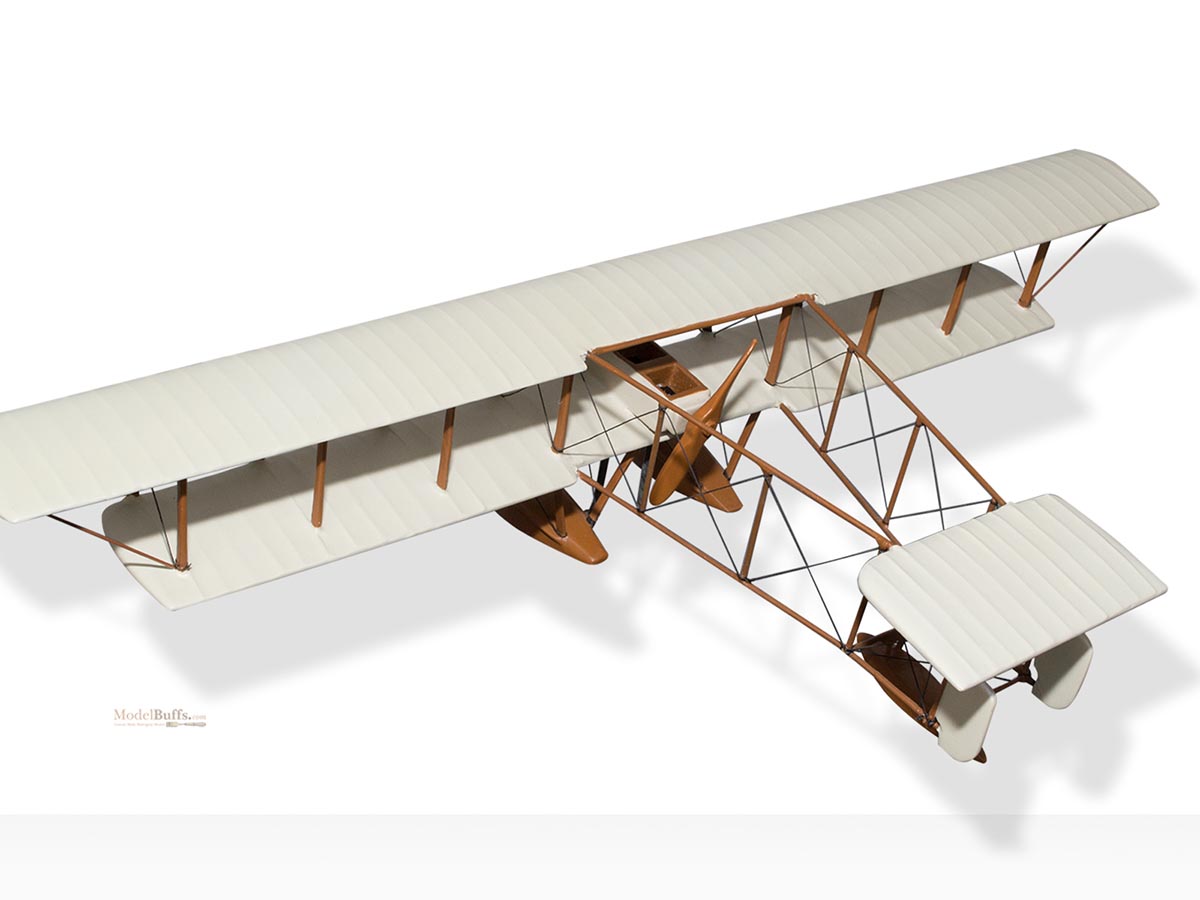
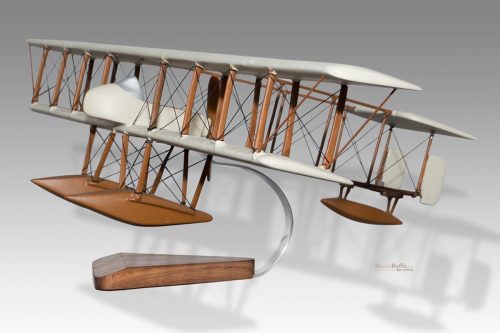
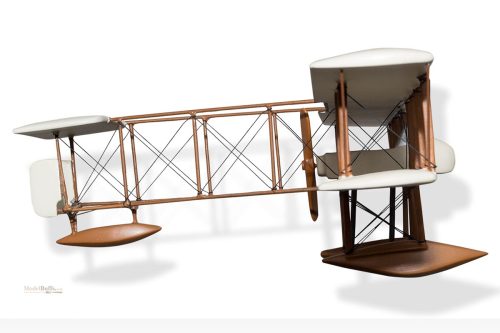
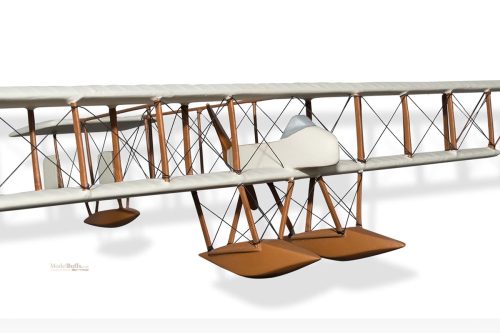
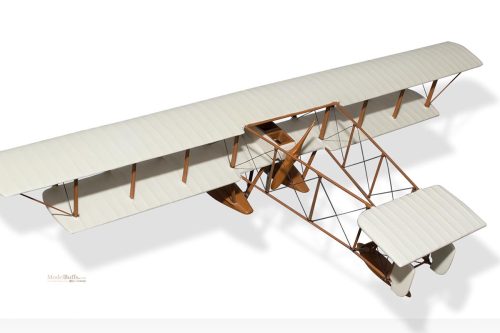
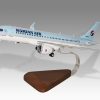
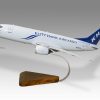
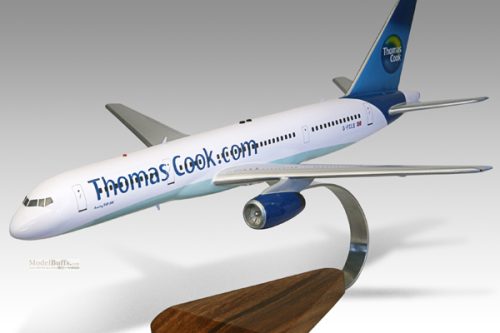
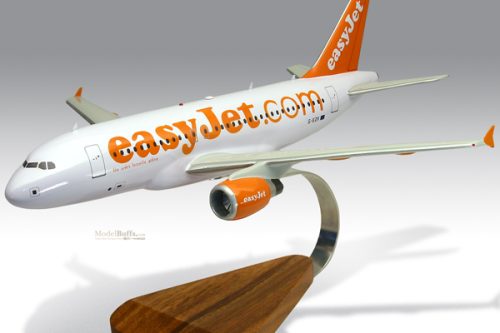
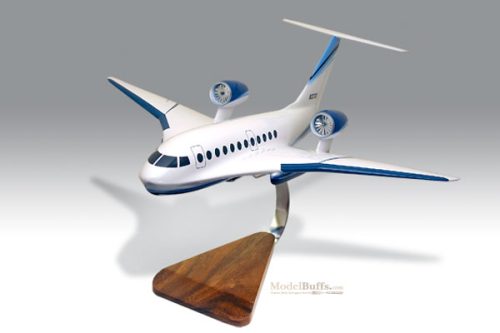
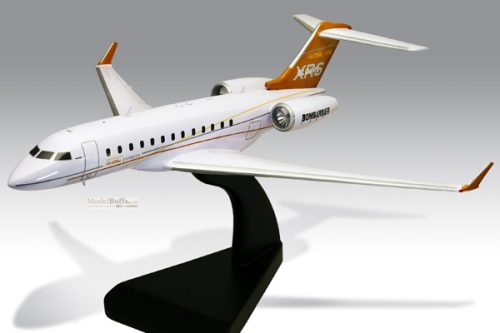
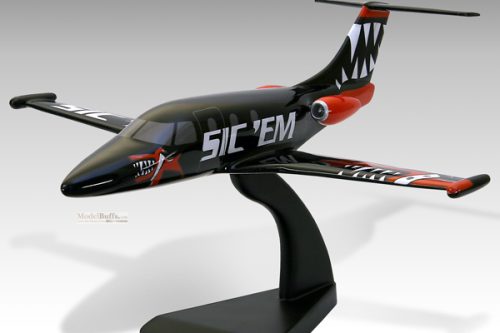
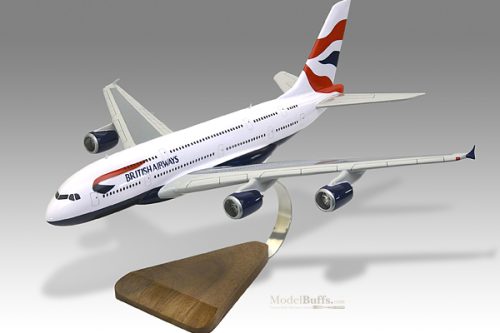
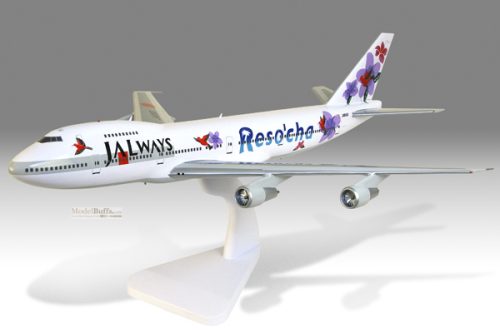
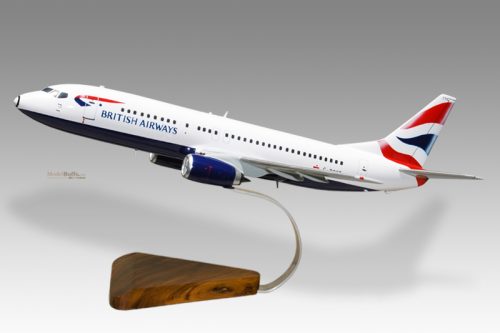
Reviews
There are no reviews yet.